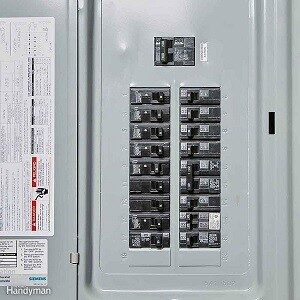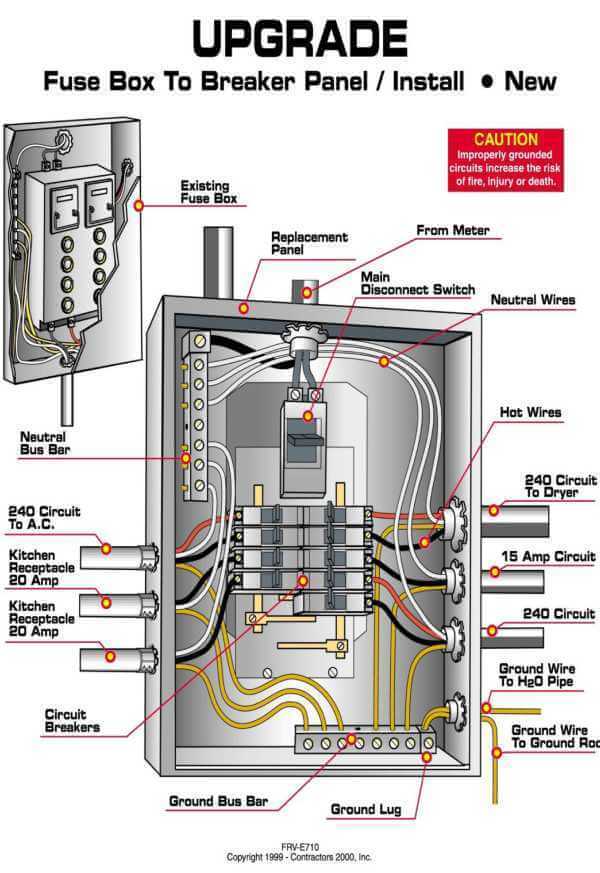Understanding Your Home’s Electrical Panel Box in Corona, CA.
You plug in your new refrigerator and turn it on. The lights in your kitchen promptly shut off and the digital clocks on your appliances disappear. Is it a power outage?
Nope, it’s probably a tripped breaker. Breakers are the safety switches that automatically shut off power to part of your home when the electrical circuit overloads. Homes have many breakers, and they all live together in the electrical panel — the “brain” of your home’s electrical system.
Here’s our complete guide to home electrical panels:
What is an electrical panel?
An electrical panel (a.k.a. breaker panel) is a metal box with a door, usually built into a wall in an out-of-the-way corner of your home. Inside, you’ll find all your home’s breaker switches.
You can turn breaker switches on and off. They’ll also shut off automatically when there’s too much electrical current running through them — the reason you have them.
Within the electrical panel, you’ll find a main circuit breaker that controls the power to the entire house. You’ll also see individual breakers, each responsible for providing the electricity to a specific part of your home. Each breaker should have a label that identifies the area of the house it controls.
Some older homes don’t have breakers; they have fuses instead. If you have a fuse box, you won’t see any switches on your electrical panel; you’ll see screw-in fuses. If your home still uses a fuse box, you may have difficulty getting insurance, or you may have to pay a higher rate.
The power to your home comes through an electrical meter outside, which routes power to your electrical panel. You can shut off this main feed of electricity using the main breaker in your electrical panel. Your main breaker also tells you the amperage of your electrical service (amperage is the strength of the electrical current).



